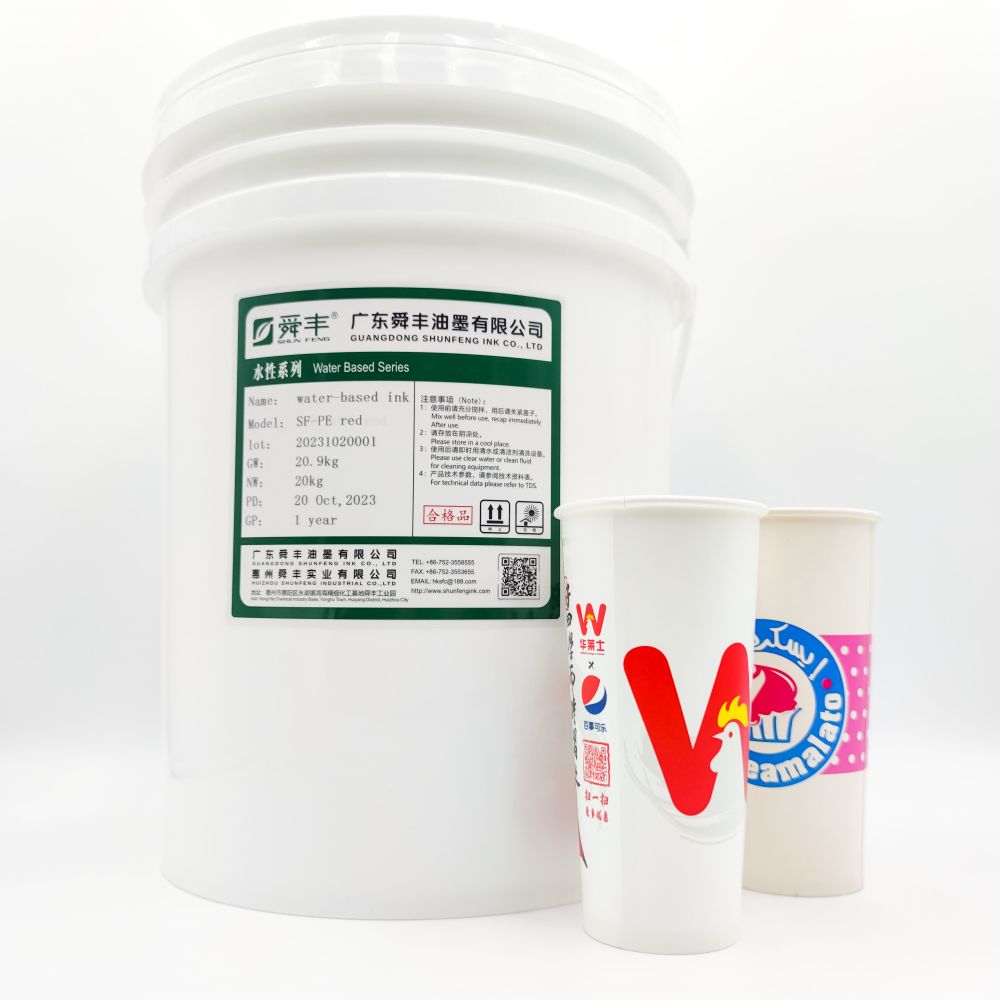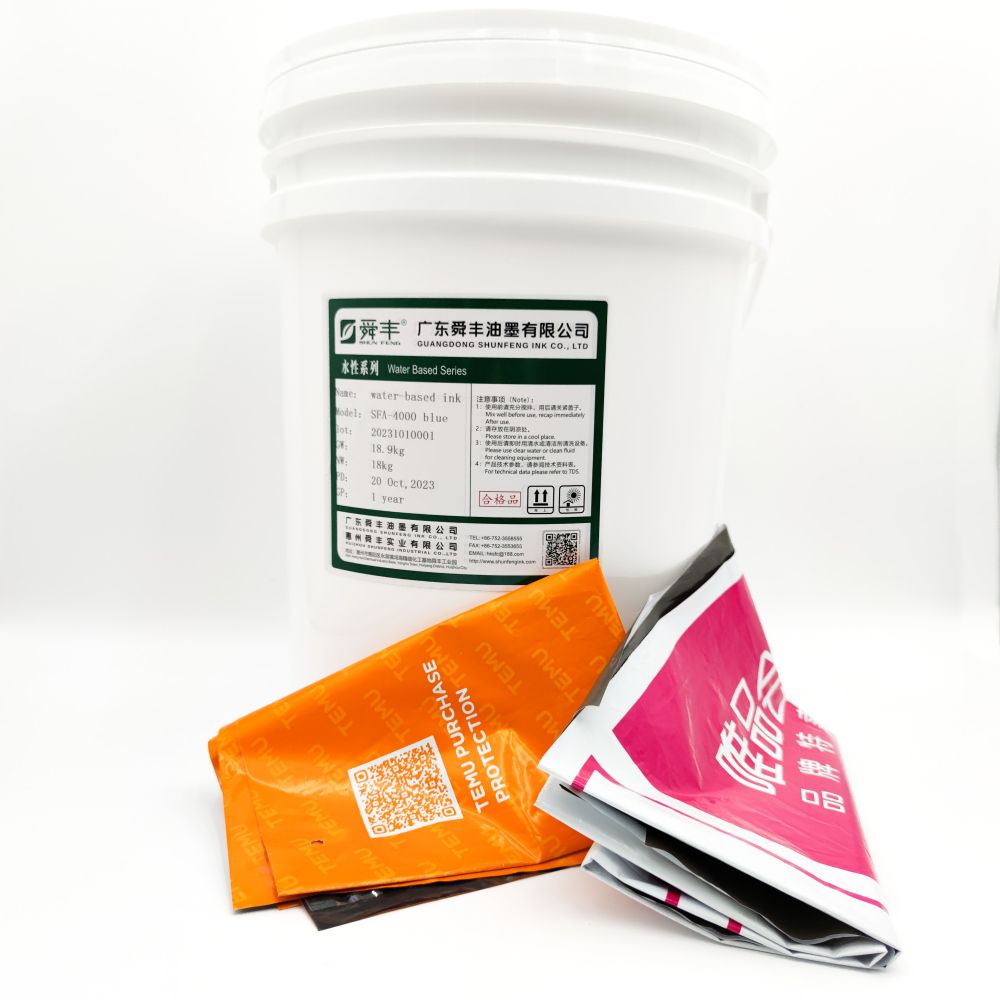The advantages and disadvantages of water -based ink
Water-based ink, functioning as an innovative printing medium, stands out for its core strength in excluding volatile organic solvents, significantly reducing the emission of volatile organic compounds (VOCs), and thus posing no harm to ink manufacturers or operators' health, concurrently boosting overall environmental quality. Labelled as eco-friendly ink, its environmental benefits chiefly lie in being harmless to the environment, non-toxic to humans, non-flammable, and highly secure, effectively lowering residual toxicity on printed items, streamlining cleaning procedures of printing equipment, and mitigating fire risks linked to static electricity and flammable solvents, constituting a genuine "green" packaging printing material.
In terms of printing characteristics, water-based ink exhibits exceptional stability, non-corrosiveness to printing plates, ease of operation, affordability, robust post-print adhesion, high water resistance, and a relatively quick drying speed (up to 200 meters per minute), applicable in gravure, flexographic, and screen printing with broad potential. Despite slower moisture evaporation necessitating thermal drying systems and potential humidity-induced re-wetting, these issues have been effectively addressed through technological advancements.

The composition of water-based ink encompasses waterborne polymer emulsions, pigments, surfactants, water, and additional additives. Among these, waterborne polymer emulsions, such as acrylic and ethylbenzene derivatives, serve as pigment carriers, imparting adhesion, hardness, gloss, drying rate, abrasion resistance, and water resistance to the ink, suitable for both non-absorbent and absorbent substrates. Pigments range from organic ones like phthalocyanine blue and lithol red to inorganic ones like carbon black and titanium dioxide. Surfactants aid in reducing surface tension, facilitating even ink distribution on the substrate, and enhancing stability.
Nonetheless, the drawbacks of water-based ink primarily revolve around lower adhesion, less shine, and slower drying times. However, with technological innovations like enhanced substrate pretreatment, improved pigment formulations, and advanced printing techniques, these concerns have significantly diminished, rendering water-based ink increasingly competitive and, in many cases, surpassing traditional solvent-based ink in practical applications. Although water-based ink incurs slightly higher raw material costs, given its environmental friendliness and health protection for users, the additional expense is regarded as a justifiable investment.











